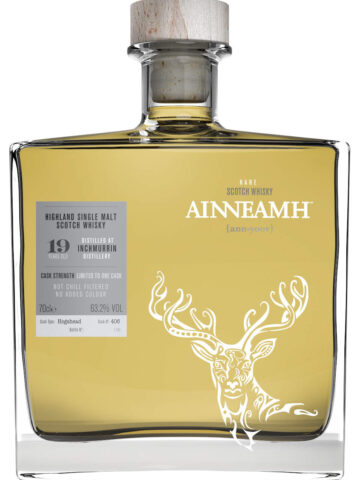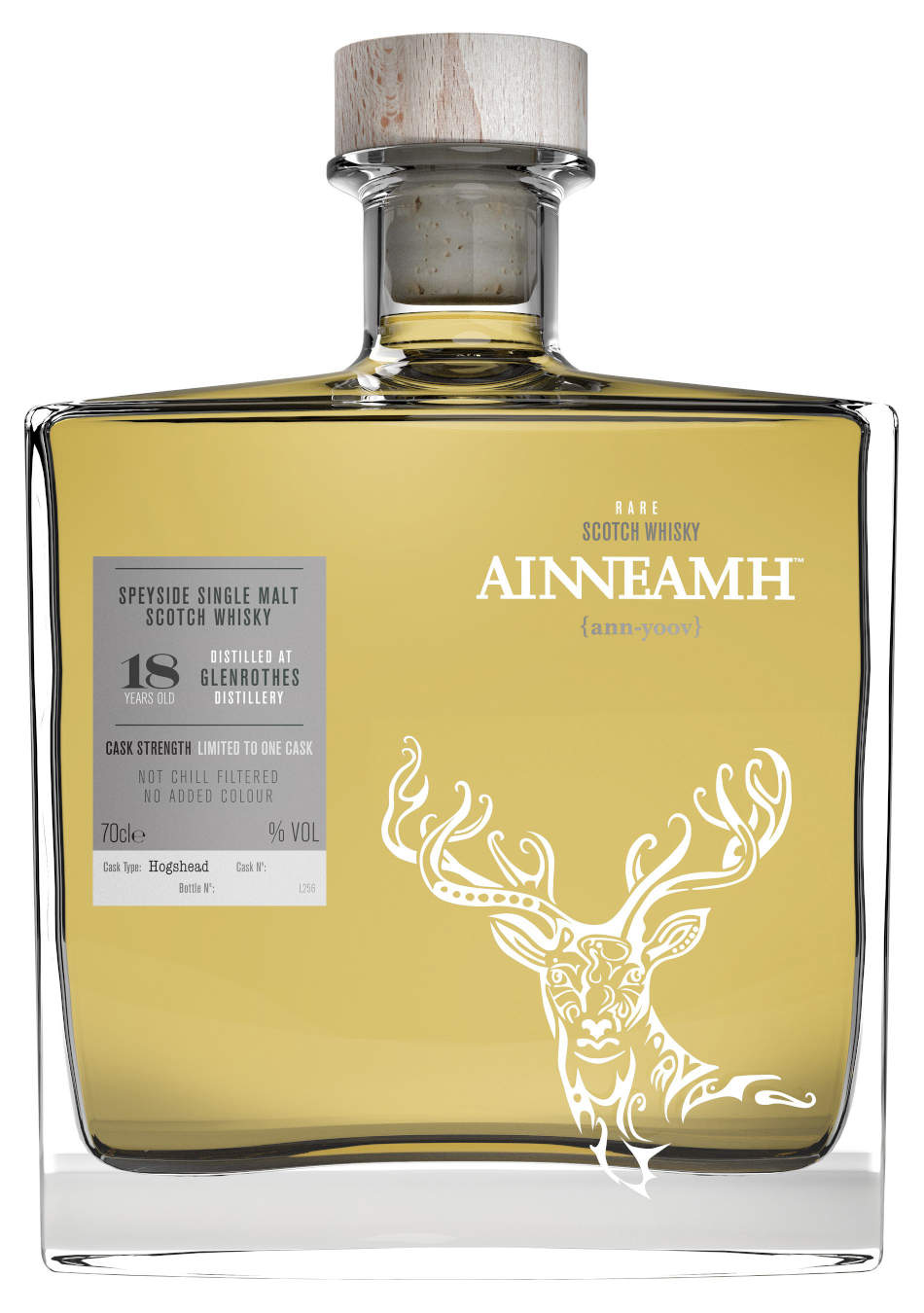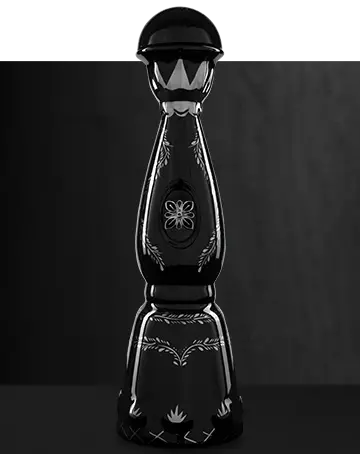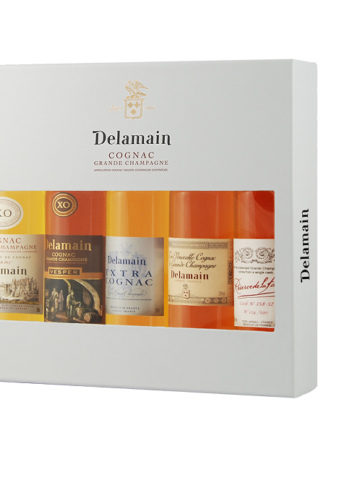O DESTILERIJI
Povijest destilerije The Glenrothes započinje pričama o dva izuzetna muškarca. James Stuart, koji je prvi imao viziju gradnje nove destilerije u gradu Rothes, i velečasni William Sharp, koji je prikupio sredstva potrebna za spas destilerije od propasti i pomogao da se san Jamesa Stuarta pretvori u stvarnost. James Stuart, rođen i odrastao u gradu Rothes, imao je strast prema viskiju. Vidio je da destiliranje nudi svijetlu budućnost i odlučio je sagraditi novu destileriju u svom rodnom gradu Rothes, koja će biti sposobna učiniti lakši i voćniji duh svojih kolega. James Stuart znao je viski. Također se znalo da će za izradu najboljih pojedinačnih sladova biti neophodni sastojci drva i vremena. Tako je u svojoj destileriji osigurao da se proces destilacije ne požuruje radi povećanja proizvodnje. Umjesto toga, trajalo bi onoliko dugo koliko je potrebno, niti trenutak manje, da bi se stvorilo alkohol koji bi sadržavao voćnost sposobnu za stvaranje svjetlosti i kremastijeg viskija. Također je bio čvrsto uvjeren da će lokalni bačvari pažljivo nabavljati i čuvati svaku bačvu na njegovom imanju i da će sa sobom donijeti svoje bezvremeno znanje o čaroliji drva. U The Glenrothes nema prečaca.
Počeo je graditi destileriju u partnerstvu s lokalnim biznismenima Robertom Dickom i Williamom Grantom u starom mlinu pokrajine Rothes Burn-a. Ali u ljeto 1878. zemlja je pogodila financijsku krizu i više nisu mogli financirati izgradnju destilerije. James se odmaknuo i ostavio Robertu i Williama s dilemom što učiniti dalje.Velečasni William Sharp, svećenik Ujedinjene prezbiterijanske crkve u obližnjem selu Archiestown nije bio bogat čovjek, ali bio je uvjerljiv. Ubrzo, apelirajući na bolju prirodu lokalnih vođa zajednice, uspio je prikupiti 600 funti. Dovoljno sredstava za završetak rada na novoj destileriji The Glenrothes. Radovi na novoj destileriji započeli su u ljeto 1878. godine, a 28. prosinca 1879. iz destilerije The Glenrothes potekao je prvi čisti spirit. Kao počast stanovnicima Rothes, pješačka staza koja je prelazila imanje ostala je otvorena, dajući lokalnom stanovništvu slobodu da lutaju destilerijom Glenrothes.
Kao čovjek viskija, James Stuart bio je uvjeren da bi trebao koristiti tradicionalne metode destilacije uz najnovija dostignuća u tehnologiji proizvodnje. Njegovo je uvjerenje izgrađeno na četiri temeljna principa: pristup obližnjem izvoru vode kako bi se osigurala izvrsnost i čistoća novog duha izrade, sporija destilacija od uobičajenog, kako bi se postigao meki jednoslad koji je težio pružiti širi spektar okusa i bocama viskija uvijek u prirodnoj boji.
The history of The Glenrothes Distillery begins with the stories of two exceptional men. James Stuart, who first had the vision to build a new distillery in the town of Rothes, and the Reverend William Sharp, who raised the funds needed to save the distillery from ruin and helped to turn James Stuart’s dream into a reality. James Stuart, born and raised in Rothes, had a passion for whiskey. He saw that distillation offered a bright future and decided to build a new distillery in his hometown of Rothes, which would be able to make a lighter and more fruity spirit than its counterparts. James Stuart knew whiskey. He also knew that the ingredients of wood and time would be necessary to make the best individual malts. Thus, in his distillery, he ensured that the distillation process was not rushed in order to increase production. Instead, it would take as long as it takes, not even a moment less, to create an alcohol that would contain a fruit capable of making a lighter and creamier whiskey. He was also firmly convinced that the local coopers would carefully procure and store each barrel on his estate and that he would bring with him his timeless knowledge of the magic of wood. There are no shortcuts in The Glenrothes.
He began building a distillery in partnership with local businessmen Robert Dick and William Grant at an old mill near Rothes Burn. But in the summer of 1878 the country was hit by a financial crisis and could no longer finance the construction of a distillery. James stepped back and left Robert and William with a dilemma of what to do next.The Reverend William Sharp, a priest of the United Presbyterian Church in the nearby village of Archiestown, was not a wealthy man, but he was convincing. Soon, appealing to the better nature of the local community leaders, he managed to raise £ 600. Enough funds to complete work on the new distillery The Glenrothes.
Work on the new distillery began in the summer of 1878, and on December 28, 1879, the first pure spirit originated from The Glenrothes Distillery. In honor of the residents of Rothes, the hiking trail that crossed the estate remained open, giving locals the freedom to roam the Glenrothes distillery.
As a whiskey man, James Stuart was convinced that he should use traditional distillation methods along with the latest advances in production technology. His belief is built on four basic principles: access to a nearby water source to ensure excellence and purity of the new spirit of making, slower distillation than usual, to achieve a soft single malt that aspired, the best sherry-oriented sherry to provide a wider range of flavors and whiskey always in bottles of natural color.








